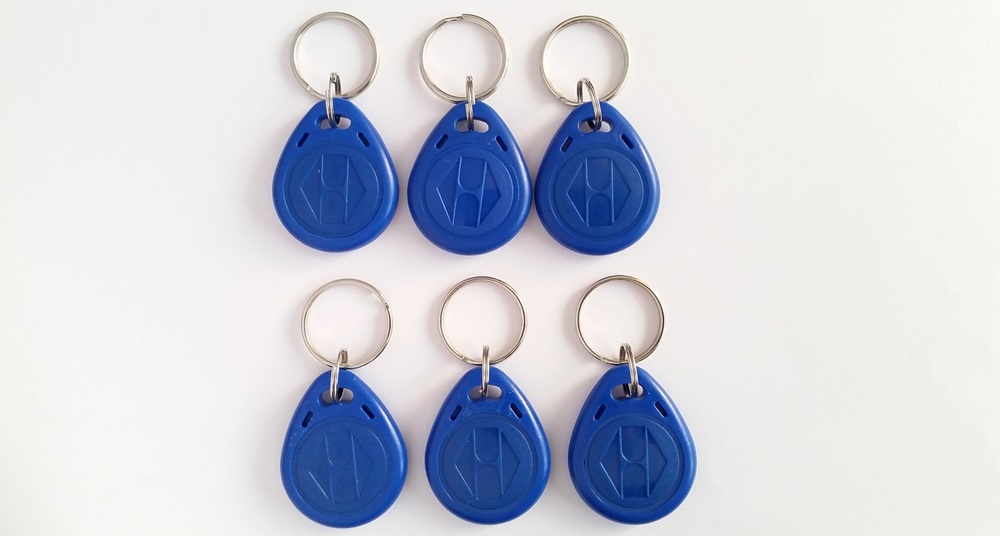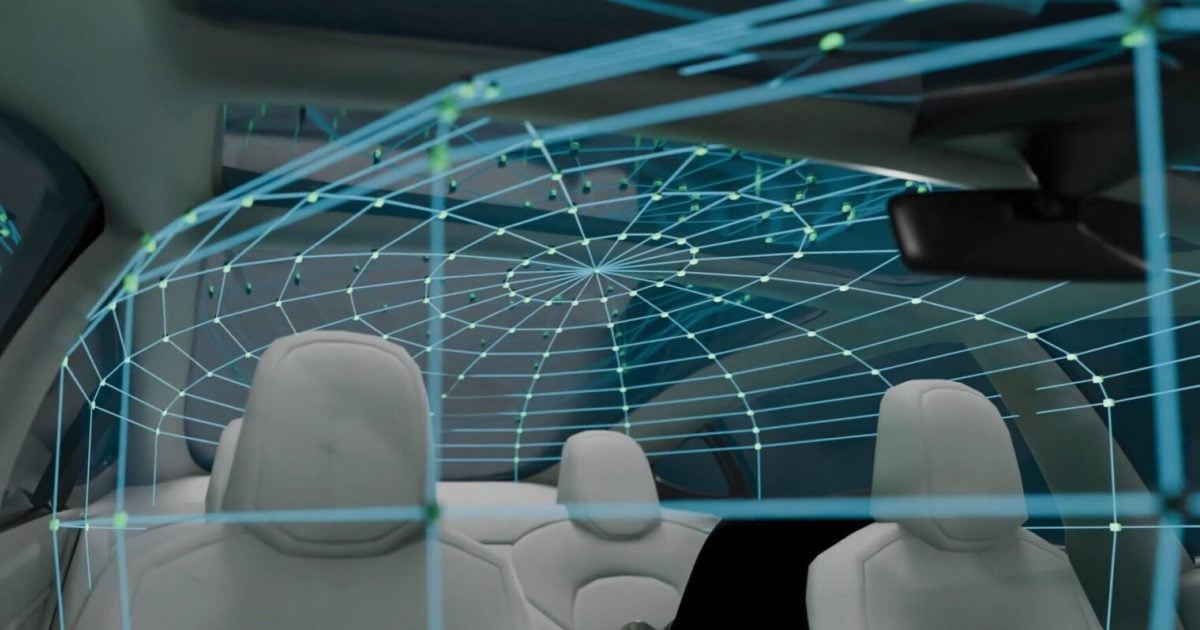
In the movie Minority Report, actor Tom Cruise, playing the lead character in the futuristic film, is walking through a shopping center and cameras scan his eyes before displaying ads for products targeted specifically for him. While technology hasn’t quite gotten to this point (yet), there are other solutions out there that can transform the retail experience. One of these technologies to keep an eye on (pun intended) is Radio Frequency Identification (RFID).
RFID is a technology used across many industries, utilizing small tags or chips to transmit a signal to remote scanners. In retail, we typically associate RFID with item tagging for inventory control and loss prevention purposes. These tags utilize passive RFID technology – meaning they have no internal power source. Instead, they are powered by electromagnetic energy transmitted from an RFID reader.
RFID technologies are branching out to use cases beyond inventory control, thanks in part to the proliferation of active RFID systems. A bit more complex than passive RFID, active systems use battery-powered tags that constantly broadcast their own signal to accurately track the real-time location of assets.
Through active systems, retailers are beginning to see how RFID can directly benefit their bottom line in unexpected ways. Here are a few new use cases in which RFID technology can be deployed as a resource to cut through the sensory overload of busy shopping malls and improve the shopper experience:
Create Virtual Maps
New uses for RFID technology have been fueled by the adoption of Bluetooth Low Energy (BLE). Active RFID technologies provide a much longer read range than passive RFID technologies, but are also more expensive by comparison. A more cost-effective and readily available alternative to this technology is Bluetooth low-energy (BLE), which provide fast positioning capabilities on mobile and Bluetooth-enabled devices and seamlessly embed IoT technology into various platforms.
Shoppers at busy malls can use BLE infrastructure in the form of a downloadable app that acts as an interactive map to bridge the gap between digital and traditional shopping. This technology can provide customers with the fastest, or wheelchair accessible, route to the store they want and even pinpoint their parking location. It can also share notifications about upcoming events or promotions from nearby stores, and deliver exit surveys that provide the retailer with critical consumer insights and usually offer an incentive to the customer.
Provide Information on Products of Interest
Smartphones have created an opportunity for shoppers to navigate the “real” world with a constant stream of virtual information and feedback. Smart deployment of the BLE Beacon technology into a retailer’s mobile app can turn physical store environments into connected hubs, where customers can point their smartphone camera at the items on the shelf and receive at-a-glance access to product information and availability, personalized promotions, and other useful content.
Provide Real-Time View of Inventory
RFID technologies are also being deployed to increase visibility in inventory – allowing for much higher stock accuracy levels. Utilized by clothing giants such as Macy’s and H&M, these RFID deployments code and read products in their warehouses. When shipments reach store locations, the system automatically identifies which sizes and models to restock.
Improve Employee Efficiency
RFID technology deployments can also optimize the valuable and limited time of employees. With RFID technology taking the helm on inventory tracking, sales associates are free to spend more time assisting store customers, ultimately improving a site’s sales figures. Moreover, insights gained from RFID technology can help employees do their jobs better – as data can inform retailers about the most compelling product placements in-store, provide insights on the most popular products and suggest efficient store layouts to help associates better leverage their limited retail space and sell more product to more shoppers.
Improve Safety & Security
RFID can be used to monitor how many and at what times shoppers are occupying stores and other areas of shopping malls, making it possible for mall managers to improve the operational efficiencies of their facilities. For example, BLE Beacons can help mall-goers navigate toward a store that is offering coupons or discounts on specific products. Further, once that function is in place, the mall may add on with RFID or other location technologies to track the movements of security guards as they monitor the site after hours. With data and alert systems, management is provided with more precise location data to determine where a guard has been, or is, in real time.
Looking Forward
Conversations on the functions of RFID technology in retail have focused on inventory tracking and loss prevention – but its potential far exceeds securing tags on products. RFID has the capacity to positively impact everything from sales, to in-store customer service, to navigation. As technologies advance and become easier and less expensive to manufacture and install, we could reach an ideal solution to meet the rising impact of shopper expectations, and drive shoppers back to bricks-and-mortar through personalization.
Dr. Ari Naim is CEO of CenTrak. He holds advanced degrees in electrical and computer engineering from Drexel University. He is an expert in all aspects of complex electronic product design and high volume Far East production. He helped design, develop and launch over 30 successful consumer electronic products for leading OEMs. Dr. Naim is the recipient of the prestigious IEEE Outstanding Chapter Award for his valued services and contributions as Chairman of the IEEE Philadelphia Section from 1990 to 1996. Dr. Naim has authored numerous patents.
Edited by
Ken Briodagh





